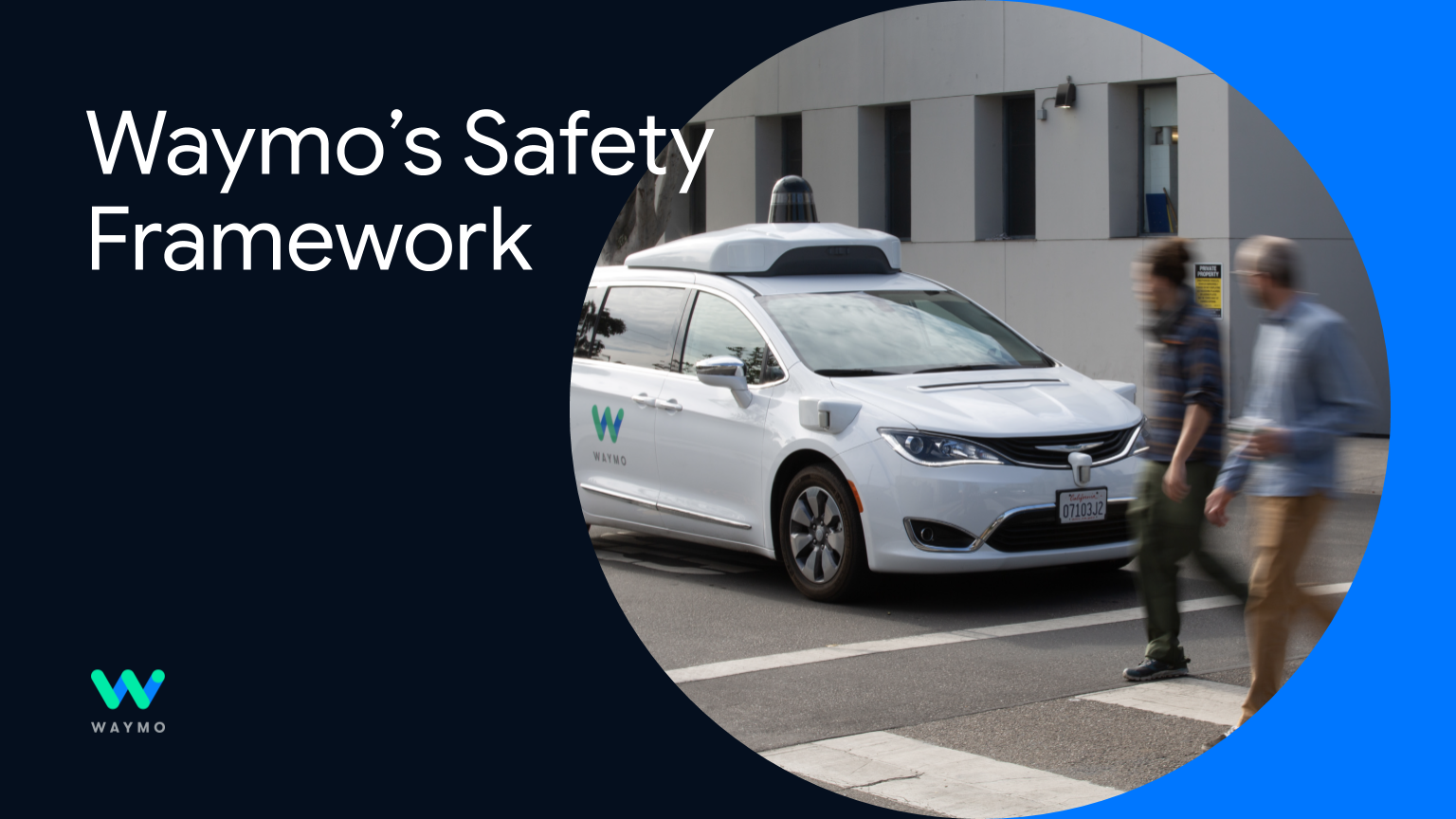Waymo Autonomous Vehicles Exhibit 85% Fewer Serious Injuries Over 57 Million Miles Compared to Human Drivers

Autonomous vehicles developed by Waymo demonstrate significantly lower rates of serious injuries and overall injuries compared to human-driven cars, according to recent data and a peer-reviewed study. Ethan Mollick, a professor at the Wharton School of the University of Pennsylvania, highlighted these findings in a social media post, noting a perceived lack of adequate policy response to the safety implications of self-driving technology. The data, encompassing 57 million miles of autonomous operation, suggests a substantial safety advantage for Waymo's fleet.
Specifically, Waymo's autonomous vehicles experienced 85% fewer serious injuries and 79% fewer injuries overall than human-driven vehicles over 57 million miles of operation. This data is supported by a peer-reviewed study published in the Traffic Injury Prevention Journal, which analyzed 56.7 million rider-only miles through January 2025. Waymo's official safety impact hub further indicates an 88% reduction in serious injury or worse crashes and a 78% reduction in all injury-causing crashes over 71 million rider-only miles through March 2025.
Beyond general injury reductions, the autonomous fleet has shown remarkable improvements in specific accident categories. The peer-reviewed study found a 92% reduction in pedestrian injuries, an 82% decline in cyclist and motorcyclist injuries, and 96% fewer injury crashes at intersections. These areas represent some of the most dangerous scenarios in urban driving, where Waymo primarily operates. This performance contrasts sharply with the broader U.S. road safety landscape, where approximately 2.4 million people are injured and 40,000 are killed in accidents annually.
Further reinforcing the safety narrative, a study conducted by Swiss Re, a leading reinsurer, analyzed 25.3 million fully autonomous miles driven by Waymo. This independent research concluded that Waymo's autonomous driving system achieved an 88% reduction in property damage claims and a 92% reduction in bodily injury claims compared to human-driven vehicles. While Waymo vehicles have been involved in incidents, investigations often reveal that human error from other drivers was the primary contributing factor, as seen in a January 2025 fatal crash in San Francisco where a human-driven Tesla was at fault.
Mollick's commentary underscores a critical debate regarding the integration of autonomous vehicle technology into society. Despite compelling data indicating a significant potential for reducing road fatalities and injuries, a unified and proactive policy framework at the national level remains largely absent. Proponents argue that accelerating the adoption of proven autonomous technology could be a vital step in addressing the ongoing public health crisis on U.S. roads.